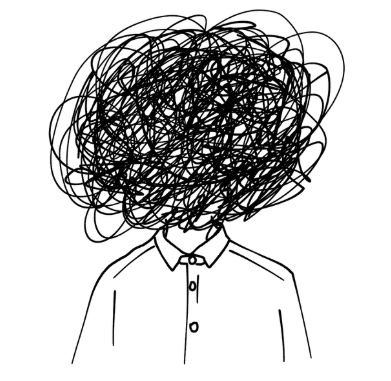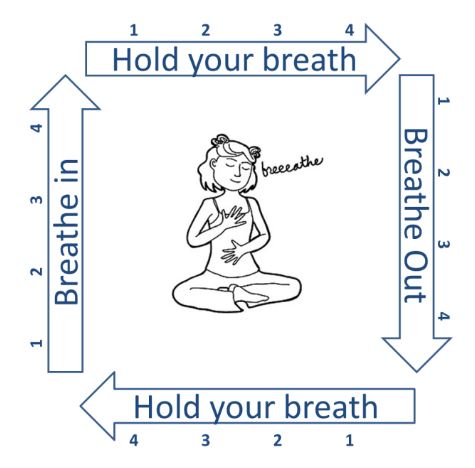A lived-experience introduction to breathing as a grounding technique
If you have tried meditation and mindfulness before but couldn’t quite make it work for you, check out our ‘Mindfulness for full minds’ techniques. These can be particularly fitting for “busy brains” such as neurodivergent ones, and/or for those struggling with racing thoughts, anxiety, etc.

A very wise person once said to me: “Do you know what action you can always do to take back control, no matter where you are and how you are feeling?”
“…”
“Breathing!”
Finding a breathing technique that works for you, practising it and mastering it can make a huge difference. Below I share two methods that have helped me, and still do, when I can feel my anxiety levels rising, or when I struggle to cope.

The 7/11 technique, or “Door breathing”
The theory is simple:
1. Find a rectangular shape in the room, such as a door, window, TV screen, poster; or if you’re in the desert and there is nothing around you, picture a door. (My 7-year old son read this bit and said: “No mum, they don’t need to picture a door, just tell them to draw a door in the sand”)
2. Follow the short line of the shape and breathe in for 7 seconds through your nose. Then follow the long line of the shape and breathe out for 11 seconds.
3. Repeat, following the lines and counting in your head or out loud, for as long as you need.
True story: I once had a panic attack at the cinema with my two young children. I knew they would have a huge tantrum if I tried to drag them out. So I used the cinema screen as my rectangle, and I practiced the 7/11 breathing for what felt like ages (possibly 25-30 minutes) until I felt calmer. I didn’t prevent the panic attack, but I managed to navigate the wave enough to stay seated without showing my kids that I was struggling. If you ask me what film we watched, I wouldn’t be able to tell you… but I made it through.

Square or “box” breathing
Similarly to the 7/11 technique:
1. Find a square shape, or picture one in your head (or draw it in the sand).
2. Follow one line of the square and breathe in for 4 seconds. Follow the next line and hold your breath for 4 seconds.
3. Keep going for as long as needed, counting and following the lines, alternating between breathing and holding your breath.
You can play around and adapt these techniques as you wish, or you can go online and look for others.
Just remember that it takes practice, but trust me when I say that breathing techniques can be your biggest ally.
Chiara
Do you use any self help techniques that you would like to share with the College students and friends?
Email us on Wellbeingcollege@combined.nhs.uk and we will work with you to share your ideas!



